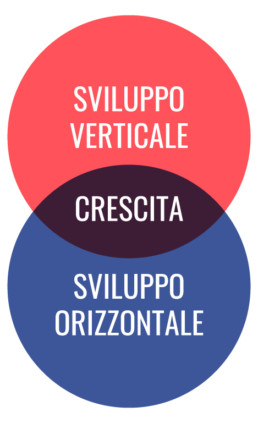Always having updated abilities and skills is certainly a fundamental characteristic for every worker. But equally important, if not more so, is continuing to work on one’s capacity to learn, and to put these competences into practice in a smarter way, increasing one’s capacity to adapt to changes.
Previously, we talked about the rapid evolution that the work world is undergoing and we highlighted the need for workers to keep up with the times and project their efforts into the future, rather than anchoring them to a present and momentary need. The worker and the company itself must make a decision: to solve every problem as it arises and keep afloat, or find future challenges in advance and come into the future prepared with a long-term plan of action, to constantly make progress and take advantage of each new situation.
According to a study conducted by Robert Kegan, PhD at Harvard University, and William Torbert, PhD at Boston College, the right approach for qualifying one’s company and face market changes is to support development in two different directions: horizontally and vertically.
Horizontal development is the simplest and most linear: it consists of acquiring new skills and expanding one’s knowledge. Support for this sort of development allows a company and its individual employees to cope with today’s challenges.
Vertical development, on the other hand, is definitely a more complex and less direct way: it consists of giving each person the chance to develop new abilities and professional and personal habits, in order to more easily learn the new skills that will be in demand. Vertical development is, therefore, a goal for training professionals of the future.

Horizontal development is like running water that is continuously collected in the same old container. At a certain point the container fills up and is unable to hold any more water. Vertical development is the change of the container itself which, after noticing that the rise in water level, gets bigger and bigger so it hold more water. This simple metaphor shows how vertical development is more structured, and how fundamental it is for exploiting horizontal development to its fullest, which in turn is indispensable.
Chuck Palus, PhD, a researcher at the Creative Leadership Center, sums up the matter saying: “Horizontal development consists of obtaining new knowledge, skills and competences. It is about what you think. Vertical development on the other hand refers to the ability to think and act in a more complex manner. Therefore, it is about how you think: it is about maturity, real growth and the chance to increase the “breadth” of one’s occupation.”
CONDIVIDI L’ARTICOLO!

